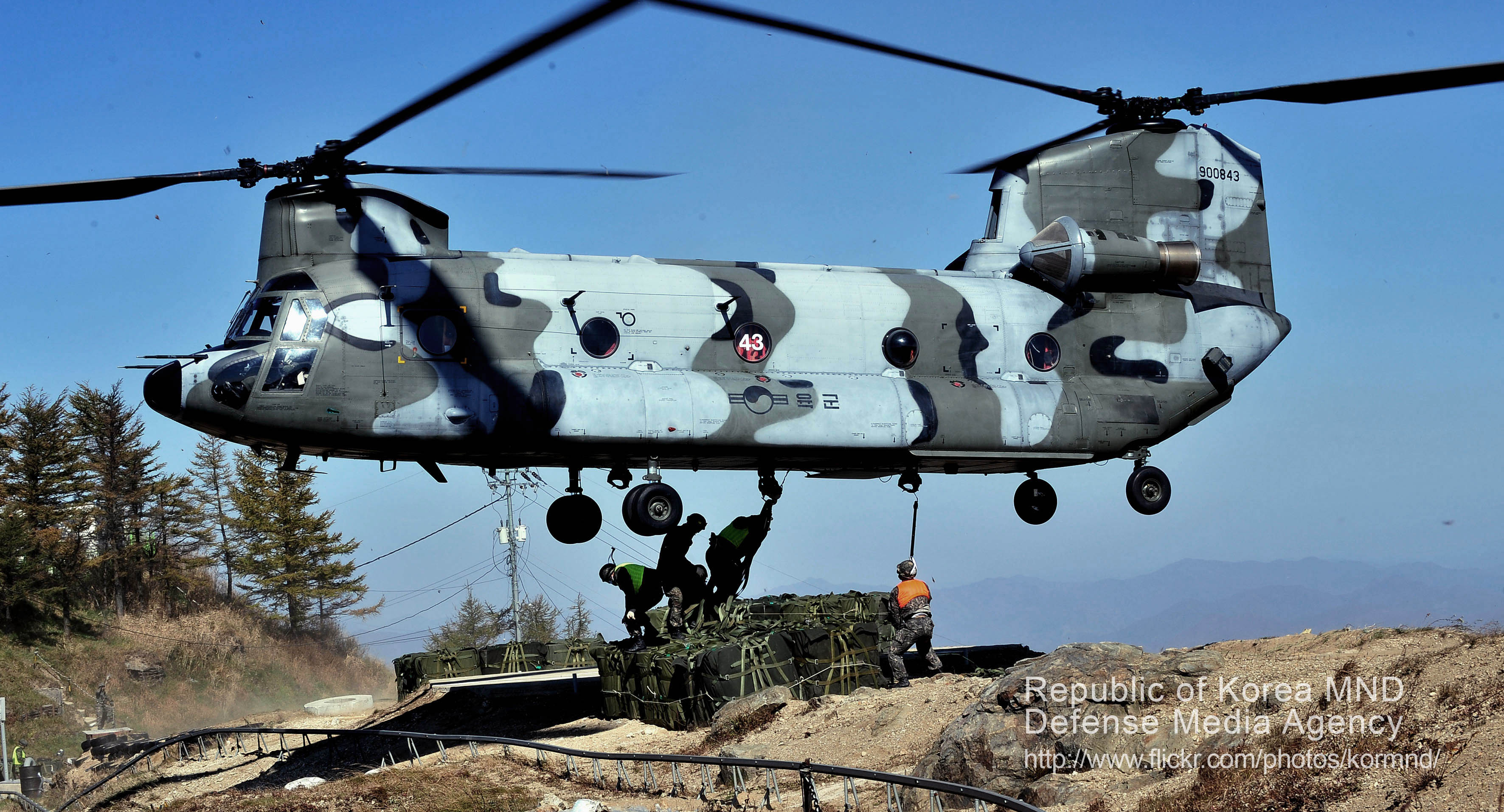A Study on the ILS Status and Improvement of Military Field Equipment and Materials
DOI:
https://doi.org/10.37944/jams.v2i1.47Keywords:
Integrated Logistics Support, military field equipment, operational maintenanceAbstract
The operational maintenance areas (including maintenance budget preparation, creation cost, maintenance equipment, repair parts, and tool supply) are not sufficiently reflected in the total life cycle for acquiring and powering the weapons system, thereby reducing combat readiness and increasing operational maintenance costs. As the speed of development of the technology is accelerating, but equipment and parts in power-generating operation become obsolete, resulting in disruption to the operation of equipment and supplies at the field, the need for the establishment of a comprehensive military water support (ILS) system that is analyzed and reflected in the acquisition phase is increased. This study is required from the perspective of the total life cycle of electric power equipment and materialsThe purpose of the Chapter is to develop a realistic and efficient comprehensive military water support (ILS) development plan for stable combat capability by improving the operational disconnect and the lack of integrated comprehensive water support (ILS) management due to changes in the performance institutions during the raising, acquisition and operation maintenance stages. The establishment of a comprehensive military water support (ILS) system for field powering equipment and supplies will be reflected in decision-making between acquisitions and the results of this study can be utilized as basic data for mid-term planning and budgeting.
Metrics

Downloads
Published
Versions
- 2019-05-10 (3)
- 2019-05-10 (2)
- 2019-05-08 (1)
How to Cite
Issue
Section
License

This work is licensed under a Creative Commons Attribution 4.0 International License.

이 저작물은 크리에이티브 커먼즈 저작자표시 4.0 국제 라이선스에 따라 이용할 수 있습니다.






